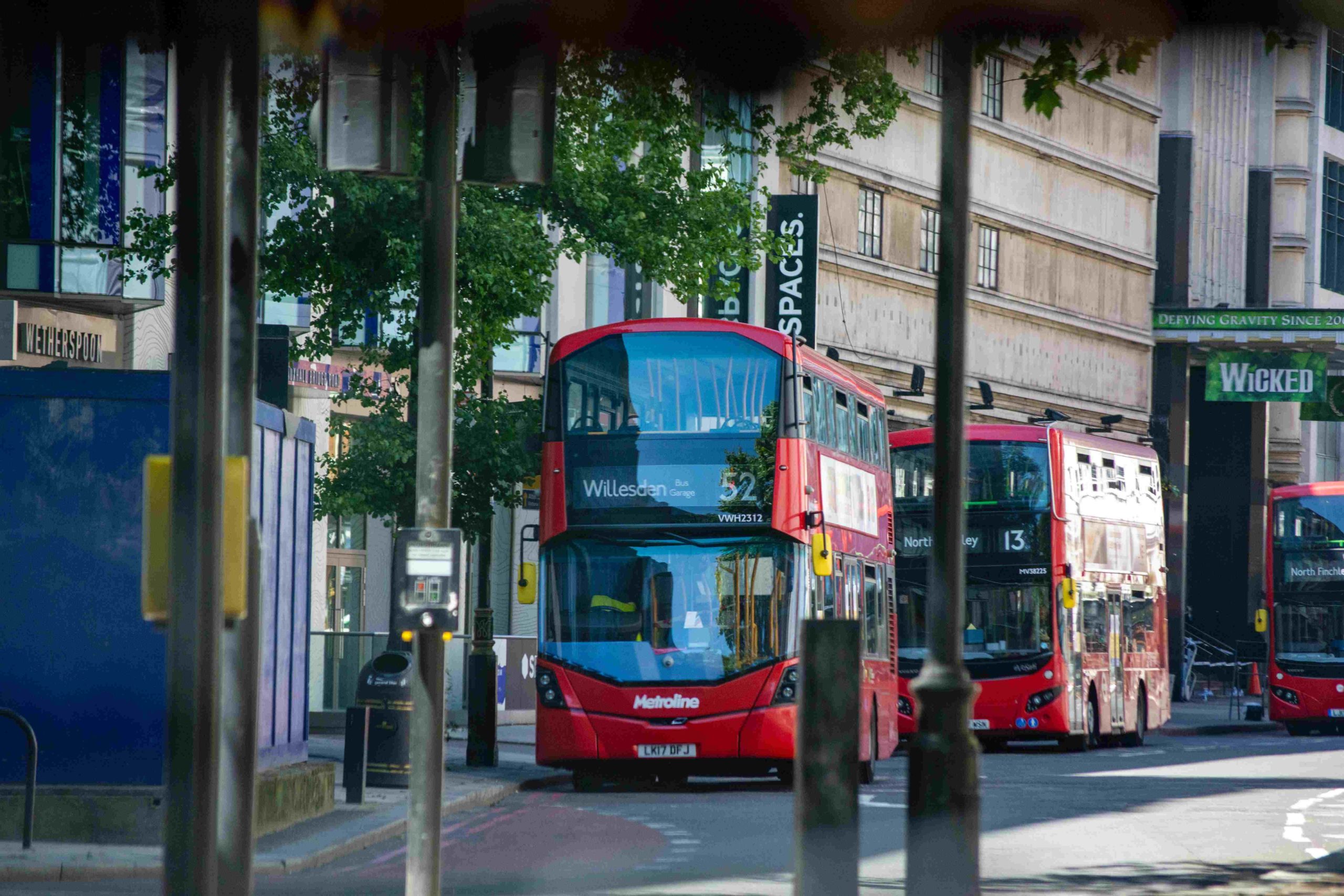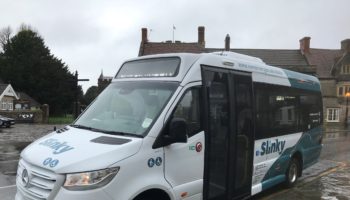On Wednesday 10 November, Padam Mobility, together with Landor Links, hosted a webinar on this very topic. You can access the recording here.
At the end of October, Local Transport Authorities (LTAs) and local bus operators in the UK agreed on their Bus Service Improvement Plan (BSIPs). The next step, in order to receive future funding, is to submit detailed plans for Enhanced Partnerships (EP) or franchised operations by March 2022.
In this article, we clarify some of the key aspects that LTAs and bus operators need to consider if they want to successfully integrate on-demand services into their plans.
Demand-Responsive services as mobility catalysts
Bus passenger numbers in the UK have been falling for some time – and with lockdown and the pandemic, they plummeted. The 2021 National Bus strategy and the subsequent process is an attempt to address some of the systemic issues which have made travelling by bus increasingly unattractive and unviable for many people. Although high-frequency bus services are popular with passengers, they are almost impossible to implement in sparsely populated, rural areas – and challenging even in many peri-urban areas. Economic pressures mean that the service often diminishes in off-peak hours – limiting the usefulness of the bus further. This means that the car is still the most popular means of transport in these areas.
Demand-Responsive Transport (DRT) services can counter this problem. With the help of smart algorithms, ride requests can be processed much more flexibly and individually. This does not involve the deployment of a new vehicle for each requested ride, but rather the combination of several booked rides in advance and/or in real-time. On-demand services can be used, for example, when it is not worthwhile to maintain one or more fixed lines, such as at weekends or during off-peak times, outside of school and commuter traffic or at night.
Use Case: West Leatherhead DRT for Mole Valley

Together with Mole Valley District Council, Padam Mobility set up a DRT service aimed at maintaining the mobility of the older population in rural areas.
Older people often suffer from having little suitable mobility provision available to pursue an active social life. Thanks to the transport service, which can easily be booked over the phone, they have the flexibility to reach the most important points in their neighbourhood, such as the shopping centre or social events. The service can be booked almost up to a month in advance and is easily accessible for people who rely on assistive devices, such as walking frames.
What LTAs need to look out for
Many BSIPs include DRT as a tool for expanding networks, expanding access to buses in rural areas, and to optimise community and accessible transport. The next step is to draw up Enhanced Partnership Plans. Plans for DRT services will need to take account of:
- Accessibility: as described in our Mole Valley example, the target groups for on-demand transport are often people who rely on assistance to be mobile. These may be older people or people with disabilities. In order to ensure that People with Reduced Mobility can be transported smoothly, Local Transport Authorities have to make sure that the vehicles intended for the DRT service have the appropriate equipment, for example, to carry an electric wheelchair, etc.
- Another important point in this context is the service design. On-demand services have the great advantage that they are not bound to fixed stops that must be served one after the other, but can be configured very flexibly. This means that almost any number of virtual stops can be set up, making it much easier for people to reach a transport service (or the transport service to reach them). In some cases, door-to-door services can also be implemented, transporting passengers from their front door directly to their desired destination.
- Pricing: On-demand services should not be considered as stand-alone services, but should be integrated into local ticketing offers. Integrated ticketing is now a requirement of Enhanced Partnerships and a feature of franchises, so this should become simpler to make a reality in 2022. Subscriptions and other season tickets should be valid in the vehicles just like “normal” single tickets, and there should be no surcharge. On this matter, Padam Mobility and Ticketer announced a newly formed partnership widening the opportunities for further DRT ticketing integration for operators and local authorities.
- Network structure: The DRT service branding should show that it is part of the network – reflected in the logo or name of the service, for example. This increases comprehensibility and acceptance among users. In addition, it needs to be ensured that the service does not cannibalise fixed-line services. To guarantee this, the DRT can be configured so that bookings are only possible if the DRT ride cannot be made by fixed-line buses.
- Passenger information: Passengers must always be informed about the status of their travel options and their current bookings. For this purpose, DRT service operators have a variety of options at their disposal. A direct contact with the users can be achieved via text message, email or in-app messages in the DRT user app. In this way, complications and frustrations on the part of the passenger can be reduced, while at the same time confidence and trust grow.
- Booking ahead: For DRT to work as part of the public transport network it needs to be very reliable. It must offer the option for people to book well in advance and guarantee the booking so that they know that they’ll reach work, catch their train or make their appointment as reliably as with a regular, high frequency, bus service. Also, local trip planners and timetables should include any DRT services so that people know what options are available to them.
With you on your journey!
The National Bus Strategy is a milestone in the history of public transport in the UK. In the next few months, several authorities will be working on plans for network expansion and service development with DRT to develop successful EP plans and schemes.
DRT schemes can achieve many goals – but to achieve their goals they need to be set up carefully and initial parameters configured to ensure they can meet them. Designing a DRT scheme to be cost-effective or more suitable for certain groups of passengers or particular trips will require careful planning and choices about elements of the scheme. At Padam Mobility, we have helped our clients design appropriate on-demand services in rural and urban areas.
If you would like to hear more practical tips for successful DRT schemes, come along to our webinar series on “Enhanced Partnerships” next Wednesday 10 November, at 10:30 am by registering here.
In the first webinar, hosted by UK new mobility expert Beate Kubitz, we will look in detail at what LTAs need to consider when establishing Demand Responsive Transport as part of their Enhanced Partnerships Plan.
You couldn’t attend the live webinar? No problem, rewatch it here.




